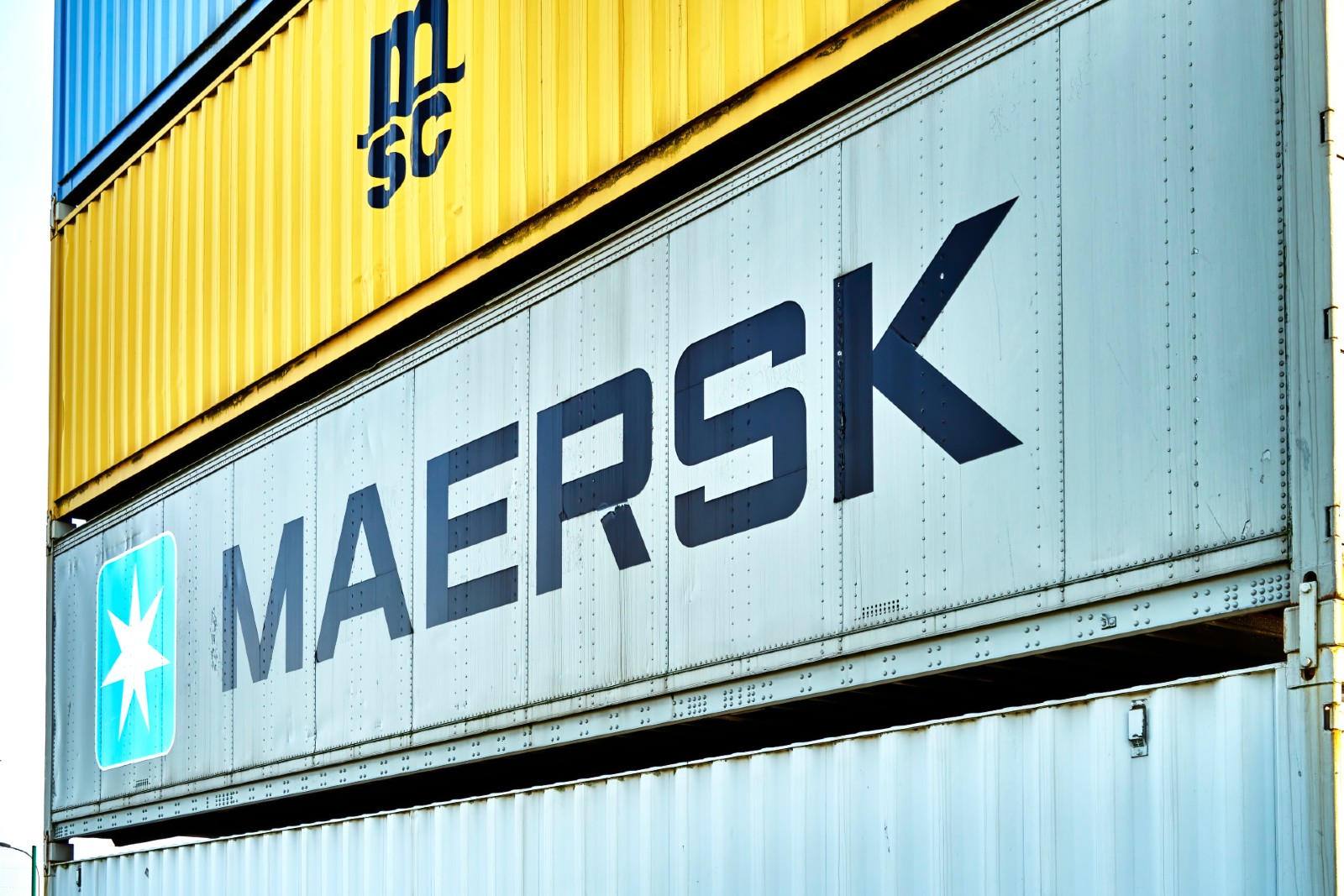By Charity Ukoha
“Values are like fingerprints; nobody is the same but you leave them all over everything you do” according to Elvis Presley.
For companies that produce goods, a value chain comprises the steps that involve bringing a product from conception to distribution, and everything in between—such as procuring raw materials, manufacturing functions, and marketing activities.
Simply put, a value chain is a step-by-step business model for transforming a product or service from idea to reality.
A value chain is not an object that you can see. Rather, a value chain is a useful way of understanding how the world of producing, buying and selling things works.
We are all part of value chains in one way or the other as producers, consumers of goods and services, processors, retailers, finance providers, etc. As consumers, we all eat and we all wear clothes, and so we are linked to many value chains – chains of grain crops, roots and tubers, fruits and vegetables, legumes, oils, and textiles. These chains stretch from growers to our kitchens, eating tables, clothing, and beyond.
According to the World Bank, “Value Chain” is a full range of value-adding activities required to bring a product or service through the different phases of production, including procurement of raw materials and other inputs.”
In Agriculture, the “Value Chain” is the integrated range of goods and services necessary for an agricultural product to move from the producer to the final consumer. The concept has been used since the beginning of the millennium, primarily by those working in agricultural development in developing countries.
At the heart of the agricultural value chain concept is the idea of actors connected along a chain producing and delivering goods to consumers through a sequence of activities.
A value chain encompasses the flow of products, knowledge and information, finance, payments, and the social capital needed to organize producers and communities.
Information is especially important to all value chain actors and flows in two directions: markets inform producers of price, quantity and quality needs, product handling, and technology options, while producers inform processors and markets on production quantities, locations, timing, and production issues. In a value chain, processors and marketing agents may provide producers with finance, inputs, and training in technologies of production.
Value chains may include a wide range of activities, and an agricultural value chain might include: the development and dissemination of plant and animal genetic material, input supply, farmer organization, farm production, post-harvest handling, processing, provision of technologies of production, and handling, grading criteria and facilities, cooling and packing technologies, post-harvest local processing, industrial processing, storage, transport, finance, and feedback from markets.
At one end of the agricultural value chain are the producers – the farmers who grow crops and raise animals. At the other end are the consumers who eat, drink, wear and use the final products. And in the middle are many thousands of men and women; and small and large businesses.
Each person and each business perform one small step in the chain, and each adds value along the way – by growing, buying, selling, processing, transporting, storing, checking, and packaging.
Other people and other businesses have important roles in supporting the chain. For instance, Banks provide loans; governments establish laws and policies, and agricultural research organizations develop ways for farmers to more successfully participate in value chains.
Radio stations also have an important supporting role. Radio can inform farmers about prices, value chain successes and innovations, opportunities for farmers to be involved in value chains, and help farmers understand how value chains work. And radio can also help farmers engage more effectively in value chains.
Radio forms part of the extension and advisory services that support agricultural value chains. An agricultural value chain is defined as the people and activities that bring a basic agricultural product like maize or vegetables or cotton from obtaining inputs and production in the field to the consumer, through stages such as processing, packaging, and distribution.
The United States Agency for International Development defines a value chain as the “full range of activities that are required to bring a product or service from its conception to its end use, including all the market channels available to all firms.” Even subsistence farmers are part of value chains. The vast majority of subsistence farmers grow some crops or raise some animals for sale. Even in the most remote areas, many subsistence farmers are connected to markets, and sell small amounts of their produce in local markets or to traders who visit the farm.
Value chains are all about human interactions. They are about linkages between people and businesses who transfer or exchange products, money, knowledge and information. In an effective value chain, people at different stages of the chain actively support each other.
When everyone in the chain supports everyone else, everyone does their job more efficiently, and everyone’s livelihood is improved. Each person in the chain shares the common goal of satisfying consumer needs in order to increase their own profits. Each value chain is unique, and contains a unique combination of “links.”
In the Tanzania cassava value chain, for example, the farmers who grow the cassava and the co-ops they belong to or sell to, the traders, the processing companies, and the various market players are the primary links in the value chain, in addition to consumers. But there are other important links. These include the shops and people who sell the farmer inputs such as fertilizer and agrochemicals to grow the cassava. There are also raw cassava wholesalers, transporters, and other players. Of course, all links are affected by the national and global policy environment.
The value chain approach considers the role of existing chain actors, supporting actors, and the policy environment. It allows us to look at current challenges in a value chain, as well as the opportunities for improving the efficiency of the value chain and the benefits for everyone involved. From a farmer’s perspective, being part of a well-functioning value chain can bring greater income.
Participation in value chains can help a farmer learn new skills and adopt improved practices. Instead of piling vegetables in a crate and trucking them to a trader or market, farmers can earn more money by doing basic processing on the farm. Even cleaning and grading produce can make a difference. Washing and packaging lettuce or tomatoes and delivering them to a local store or supermarket can earn a higher price. Peeling and cutting fruit can be an effective way of getting into the growing market for ready-to-eat food products near urban areas.
Who benefits from value chains?
Everyone who participates in a value chain adds value as the product moves from the beginning of the chain toward the consumer. In exchange for adding this value, all participants receive an economic rent. That is the main benefit or incentive for participating in a value chain. The people most likely to benefit from value chains are entrepreneurial, have a willingness to communicate with people in different parts of the value chain, and have the farm and financial resources and the knowledge to develop new markets or participate more effectively in current markets.
Benefits of value chains
The value chain framework helps organizations understand and evaluate sources of positive and negative cost efficiency. Conducting a value chain analysis can help businesses in the following ways:
• Reduces workload among actors
• Easy access to agricultural raw materials and finished products
• Support decisions for various agricultural activities.
• Detects points of ineffectiveness for corrective action.
• Understand linkages and dependencies between different activities and areas of agriculture.
• Optimize activities to maximize output and minimize unnecessary expenses.
• Understand core competencies and areas of improvement.
Digital opportunities across the agricultural value chain
A large number of digital technologies have to be scaled up, some of which have been done already. For example, India has now rolled out one of the most efficient soil health management systems of any country. The sector is now looking forward to using a large number of digital technologies at the pre-production stage, in production and in post-production.
Some of the key opportunities that can create value and boost farmer income are:
1. Digital and analytics — Digitisation and analytics will play a critical role in building India’s farms of the future. Potential disruptions that could unlock value through the food chain are:
a. Precision farming includes integrating field data, weather patterns to drive agronomic advice to farmers, and yield forecasting
b. Efficient farm lending with electronic applications, disbursal of loans, insurance pay-outs linked to weather, field data, Direct Benefits Transfer in agriculture
c. Centralised platform integrating farmers and wholesale markets, to provide timely information for price realization
d. IoT-based advanced analytics in manufacturing plants to improve availability, throughput, and save costs
2. Financing and crop insurance — can help in strengthening the ecosystem
a. Provide innovative equipment-financing models to farmers through partnerships with manufacturers, weather forecast agencies, and digital partners.
b. Offer easy financing for FPOs for community infrastructure for storage and transportation.
3. Establishing market linkages between farmers and buyers — This will establish transparency in pricing and better value, especially for perishable products. It could also help to increase farmer incomes by at least 8 to 10 per cent. In addition, it will enable the downstream players to source more effectively by eliminating intermediaries. Farmer–producer organizations (FPOs) are already aggregating supply and supporting farmers toward this goal.
4. Investing in cold storage – Despite current challenges, this segment is expected to enjoy significant growth on the back of rising food demand, supply deficits, and improved market economics. The cold chain market is expected to double in size to reach $7 billion to $9 billion by end of 2020. Cold chain players could invest in alternate energy technologies like solar-powered systems, they can explore chemical treatments to extend the shelf-life of produce, set up pack houses, and reefer transport. They could also optimize the use of existing facilities by opening them up for multiple crops instead of a single crop or product.
However, the chain actors who actually transact a particular product as it moves through the value chain include input (e.g. seed suppliers), farmers, traders, processors, transporters, wholesalers, retailers, and final consumers. So with Value Chain, Agriculture practices have been easier, at the same time promoting the Agricultural sector of many nations.


